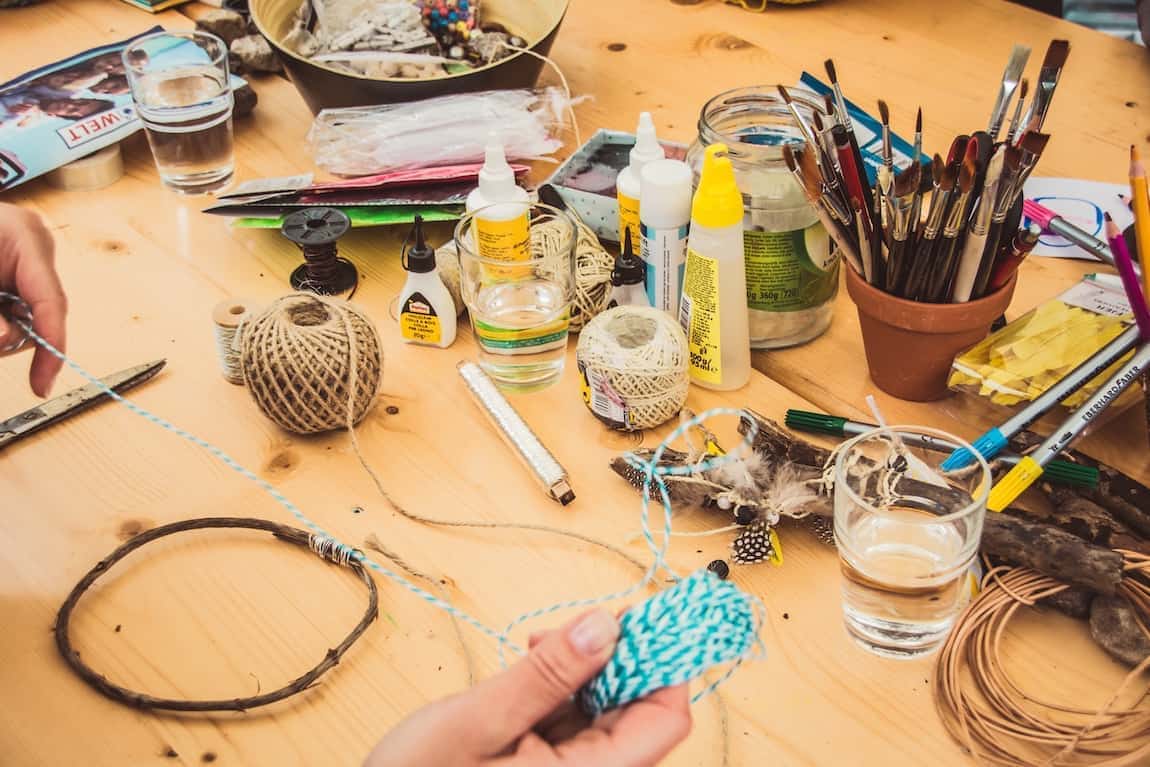- DIY (Do-It-Yourself) culture emphasizes self-sufficiency in creating, modifying, or repairing without professional help.
- Evolved from necessity, DIY is now a popular hobby and cost-saving practice.
- Historical roots trace back to ancient times, evidenced by the “ancient IKEA building” in Italy.
- Influenced various fields including home improvement, fashion, music, and technology.
- Enabled by the digital age, online platforms facilitate DIY knowledge sharing.
The Essence of DIY: More Than Just a Hobby
DIY Defined: A Blend of Creativity and Self-Reliance
‘Do-It-Yourself,’ or DIY, stands as a beacon of self-sufficiency and creativity. It involves individuals taking the initiative to create, modify, or repair items without relying on professionals. This concept not only fosters a sense of empowerment but also nurtures creativity and practical skills.
Historical Glimpse: The Roots of DIY
The DIY ethos isn’t a modern invention. It dates back centuries, with a fascinating example being the 6th-century BC Greek structure in Italy, akin to an “ancient IKEA building.” This discovery highlights the long-standing human inclination towards self-made solutions.
The Evolution of DIY: A Cultural Phenomenon
From Necessity to Recreation
Initially, DIY emerged from economic and practical necessities. Over time, it evolved into a leisure activity, intertwined with artistic expression and personal fulfillment. The 1950s marked a pivotal era, as DIY became synonymous with home improvement and cost-saving crafts.
The Digital Era: A Catalyst for DIY Growth
The advent of the internet and social media platforms like YouTube and Instagram has revolutionized DIY. These platforms have become hubs for sharing ideas, techniques, and projects, further democratizing the concept.
DIY in Various Domains
Home Improvement and Maintenance
DIY in home improvement has seen a surge, particularly with platforms offering extensive resources. This includes not just physical renovations but also digital aspects like website maintenance.
The Fashion Industry
The fashion world has embraced DIY with open arms. It’s prevalent in clothing modifications, jewelry making, and even makeup, driven by a desire for uniqueness and personal expression.
The Music Scene
DIY in music, particularly evident in the punk movement, involves artists producing and distributing their work independently. This approach fosters a closer connection between artists and fans, emphasizing authenticity.
Technological Innovation
In the realm of technology, DIY takes the form of building electronics, programming, and even biohacking. It’s a testament to the limitless potential of human ingenuity when unrestricted by conventional boundaries.
DIY Ethics and Philosophy
Self-Sufficiency and Empowerment
At its core, the DIY ethic promotes independence and resourcefulness. It’s about taking charge and not being reliant on external expertise for every need.
Cultural Impact and Community Building
DIY culture has also become a platform for community building. It’s a space where individuals share knowledge, collaborate on projects, and foster a sense of belonging.
Conclusion: The Unstoppable Rise of DIY
The DIY movement, transcending mere hobby status, represents a profound cultural shift. It’s about reclaiming individual agency, nurturing creativity, and building communities. As we continue to embrace DIY in various aspects of life, we not only save costs but also enrich our lives with invaluable skills and experiences.
Frequently Asked Questions
- What is DIY?
DIY stands for ‘Do-It-Yourself,’ involving creating, modifying, or repairing things without professional help. - How did DIY start?
DIY has historical roots dating back to ancient times, evolving from necessity to a popular hobby and lifestyle. - What are some common DIY areas?
Common areas include home improvement, fashion, music, and technology. - How has the internet impacted DIY?
The internet has greatly expanded the reach and resources available for DIY, making it easier to share ideas and techniques. - Can DIY be considered a form of art?
Yes, many view DIY as an artistic expression, especially in fields like fashion and music. - Is DIY cost-effective?
Generally, yes. DIY can be a cost-saving practice, though it depends on the project’s complexity and materials used. - How does DIY contribute to sustainability?
DIY often involves repurposing or recycling materials, contributing to environmental sustainability. - Can anyone do DIY projects?
Yes, with the right resources and willingness to learn, anyone can undertake DIY projects. - What role does community play in DIY?
Community is central to DIY, with people sharing knowledge, collaborating, and supporting each other. - How has DIY evolved over time?
DIY has evolved from a necessity to a diverse movement encompassing various fields and interests, facilitated by technological advancements.





